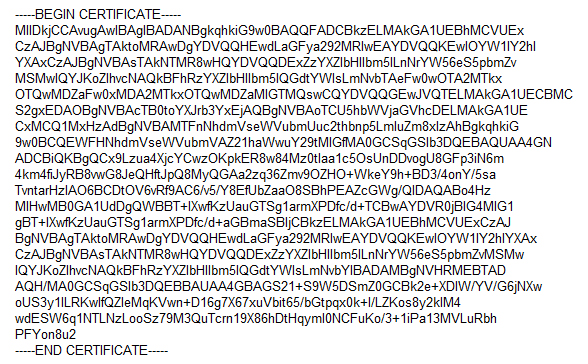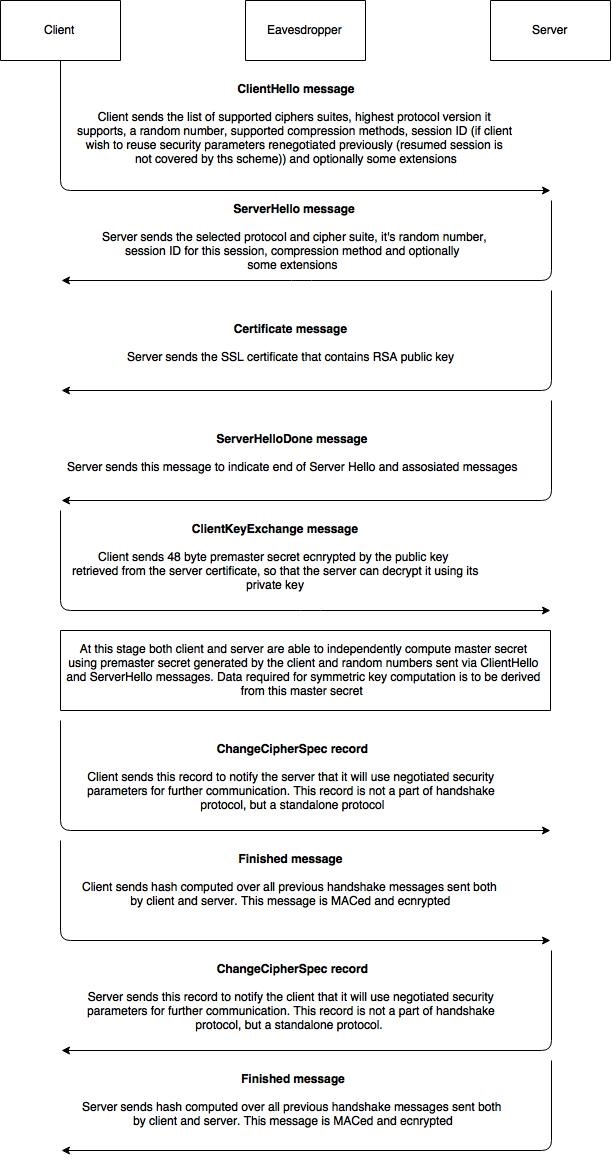| Subtotal | $0.00 |
| Subtotal | $0.00 |
1. Introduction
SSL certificates are used to create an encrypted channel between the client and the server. Transmission of such data as credit card details, account login information, any other sensitive information should be encrypted to prevent eavesdropping.
With an SSL certificate, data is encrypted prior to being transmitted via Internet. Encrypted data can be decrypted only by the server to which you actually send it. This ensures that the information you submit to websites will not be stolen.
Starting from 06/08/2014, Google announced that having an SSL certificate installed on your website would increase your ranking position, which is another great reason to use an SSL.
The certificate itself represents base64 encoded data that contains information about the entity the certificate was issued for, public key required for encryption and digital signature verification, and digital signature created with the private key of the certificate issuer.

An SSL certificate should be installed on the server side. When you access a website secured by an SSL certificate issued by a trusted Certification Authority, you will see https:// at the beginning of its URL. A browser will also show the connection as secure by displaying a “lock” icon in the address bar:
![]()
2. Types of SSL certificates
SSL certificates can be divided into 3 validation groups:
Domain Validation Certificates
Requires a certificate applicant to prove his/her control over the domain name only. The issued certificate contains a domain name that was supplied to the Certification Authority within the certificate request.
Organization Validation Certificates
Requires a certificate applicant to prove that his/her company is a registered and legally accountable business, and to pass domain validation. The issued certificate contains a domain and company name of the certificate applicant.
Extended Validation Certificates
Includes validation requirements of two validation types mentioned above and additional requirements. The issued certificate contains a domain and company name of the certificate applicant.
Glossary
4. Symmetric & Asymmetric cryptography
Two types of cryptography are being used by SSL/TLS protocols: symmetric and asymmetric.
Symmetric cryptography (also called “bulk encryption”) implies the same key for encryption as well as for decryption. In SSL/TLS symmetric ciphers are generally used for application data encipherment.
Examples of symmetric ciphers: AES, RC4, DES
Asymmetric cryptography (also called “public key cryptography”) implies different keys for encryption and decryption.
Public key contained in a CSR and subsequently in an SSL certificate is used for encryption and signature verification. A private key which is typically kept on the server may be used, depending on the cipher suite negotiated during the handshake, either for decryption of a pre-master secret required for computation of a master secret, or for signing parameters required to compute a master secret.
In plain words, in the context of SSL/TLS protocols, asymmetric encryption serves the purpose of secure symmetric encryption key computation for both sides (client/server).
Example of asymmetric cryptosystems: RSA, DHE, ECDHE
5. Cipher Suite
Cipher suite is a set of key exchange, authentication, encryption and message authentication code (MAC) algorithms used within SSL/TLS protocols.
Examples:
Cipher suite TLS_DHE_RSA_WITH_AES_256_GCM_SHA384 implies
- DHE for key exchange
- RSA for authentication
- AEC_256_GCM for bulk encryption
- SHA384 is a hash function used for MAC computations
6. Handshake
Handshake is a protocol used within SSL/TLS for the purpose of security parameters negotiation. Depending on the cipher suite, a handshake can consist of different messages that parties send to each other.
The diagram below describes one of the most common handshake message flows that imply premaster key encipherment with an RSA public key. Such a handshake message flow is applicable for cipher suites as follows (examples):
TLS_RSA_WITH_RC4_128_MD5
TLS_RSA_WITH_RC4_128_SHA
TLS_RSA_WITH_3DES_EDE_CBC_SHA
TLS_RSA_WITH_AES_128_CBC_SHA256
TLS_RSA_WITH_AES_256_CBC_SHA256
TLS_RSA_WITH_AES_256_GCM_SHA384

Need help? We're always here for you.